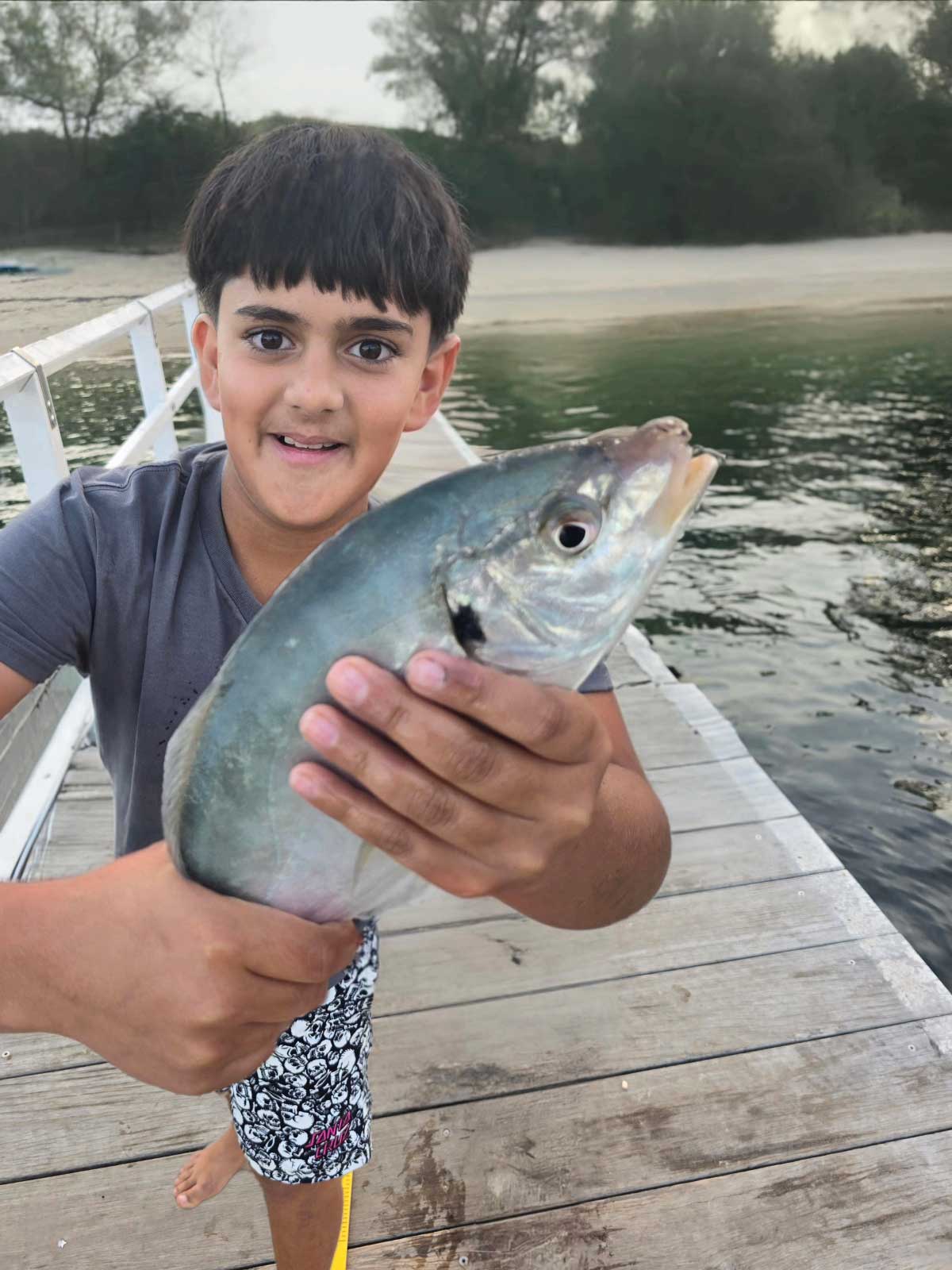
Reading the Signs: How to Find Fish Around Rockwalls
🎣 Shore Jigging Must-Have Gear
Catch more kingfish, snapper, and trevally with the right gear:
✅ Zephyr Jig (30g) – Built for long casts and deep strikes
✅ Bom Dart 30g – Secure hooksets for soft plastics
✅ Slice Jigs – Deadly from shore for Bonito and Trevally
💥 Grab Your Jigs Today & Fish Smarter!
Fishing is as much about observation as it is about skill. Yet, too often, anglers rely on second-hand information from online groups or forums where responses can be unreliable, misleading, or outright false. If you want to up your game, it’s time to trust your own senses—particularly your eyes and ears—and learn how to read the signs around you. By observing your surroundings, especially when fishing near rockwalls, you can find reliable indicators of where fish might be holding. Let’s dive into some key observations you can make to improve your fishing success.
1. Black Ink on Concrete: A Sign of Squid Take a close look at the concrete near permanent light sources on your local rockwall. If you notice black ink stains then you’ve stumbled upon a prime spot for squid. These creatures are drawn to areas with calm, clear water and light making it an ideal location to set up for a squid session. The presence of ink is a clear indicator that squid have been caught in the area recently so it’s worth casting your line here under the right conditions.
2. Channel Markers: Clues to Deep Holes Channel markers aren’t just navigational aids—they can also be signs of productive fishing spots. A three-legged channel marker, especially one located in the middle of a marina entrance, is a dead giveaway of a deep hole. These markers often sit atop scoured-out sand, with growth at the base that attracts baitfish. Where there’s bait predators aren’t far behind. If you have a fish finder or sounder, scanning around these markers can confirm the depth and presence of fish making it a great place to drop your line.
3. Windward Side of the Rockwall: Avoid Dirty Water When strong winds are at play, the windward side of the rockwall can become a challenging area to fish. The water here tends to be dirty with silt and weeds accumulating around the rocky margins. Baitfish and other species generally avoid these conditions as the murky water can irritate their gills. This also makes it tough to fish with lures in these areas. Instead, focus on finding slightly cleaner water in the eddies or on the leeward side of the rockwall where conditions are more favorable for both fish and your lures.
4. Leeward Side of the Rockwall: Cleaner Waters for Lure Casting On the leeward side of the rockwall the water is typically cleaner especially during windy conditions. This side provides a more suitable environment for fish like flathead and bream which prefer slightly cleaner water. The slight chop or cover on the surface can offer just enough protection for these fish to feel safe making it an ideal spot for casting your lures.
5. Oyster-Covered Rocks: A Prime Feeding Ground Oyster-covered rocks are an obvious sign of a rich food source that attracts fish particularly during high tide and low light conditions. Fish like Bream and Whiting often feed on oysters and the small creatures that inhabit these areas. When you see oyster-covered rocks it’s a good indication that fish are likely feeding nearby especially during the low light conditions.
These are just a few examples of how paying close attention to your surroundings can lead to better fishing outcomes. Instead of relying on the sometimes unreliable advice from online groups just trust your instincts and the natural signs around you. Do your research, observe your environment, and think like a fish. By honing these skills you’ll improve your chances of finding fish and enjoying more successful fishing trips.
Luck Favours the Prepared
Finding fish near rockwalls isn’t just about luck—it’s about observation and understanding the environment. From identifying squid ink on concrete to recognizing the significance of channel markers and oyster-covered rocks these natural signs can guide you to productive fishing spots. Remember, trust your senses, do your research, and you’ll be well on your way to better fishing results.
🎣 Shore Jigging Must-Have Gear
Catch more kingfish, snapper, and trevally with the right gear:
✅ Zephyr Jig (30g) – Built for long casts and deep strikes
✅ Bom Dart 30g – Secure hooksets for soft plastics
✅ Slice Jigs – Deadly from shore for Bonito and Trevally
💥 Grab Your Jigs Today & Fish Smarter!
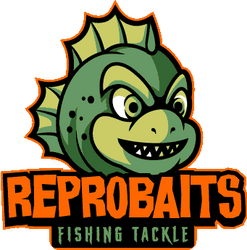
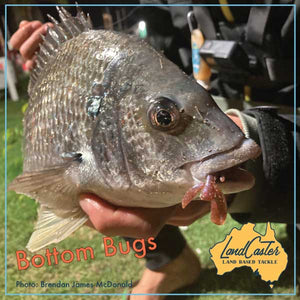
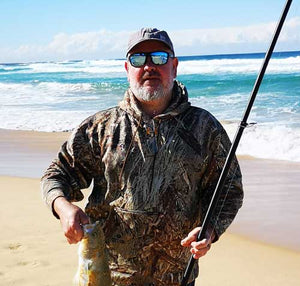
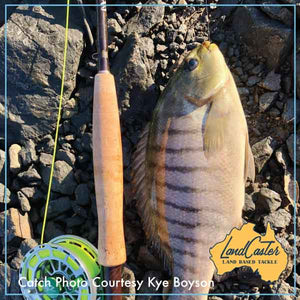
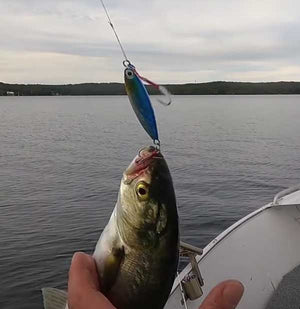
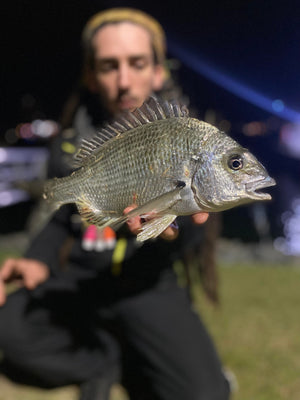
Leave a comment